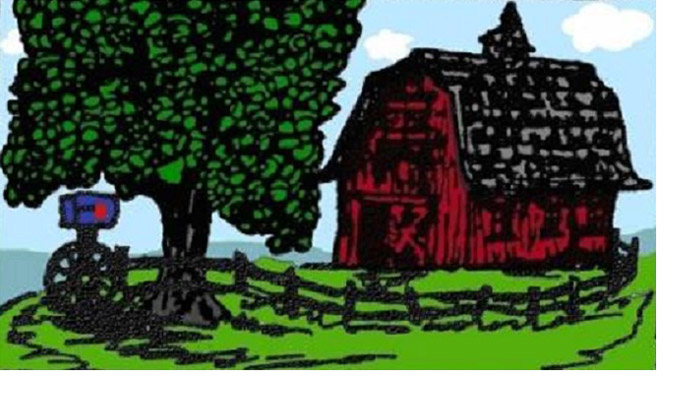Daily Herald Article – 1/28/23
A reminder for suburban residents: Coyote mating and birthing season lasts through May, and until pups are weaned, they may be more visible and aggressive.
That means owners of cats and small dogs should be vigilant as coyotes are out and about establishing their territories and dens, experts say.
While coyotes naturally are afraid of humans, they’re smart and can learn your routine. That means if you walk Fluffy at a given time on a given route every day, they’ll be ready and watching.
Because small dogs can be a food source as well as a perceived threat to coyotes tending to their pups, dog owners should be attentive.
And in areas near heavily wooded parts of Cook County, studies have found cats can be a substantial part of a coyote’s diet. So keep them indoors this time of year, especially at night.
In Cook County, the population of coyotes about doubles during the mating and birthing, or whelping, season, officials say. By the end of summer, disease and other events bring the population to its normal size of about 2,000.
The Cook County Department of Animal and Rabies Control this week offered tips to prevent close encounters of the tragic kind between coyotes and cats or small dogs:
- Small dogs should be supervised at all times in the backyard, especially after dark. Barking may attract coyotes so be alert.
- Vary your dog-walking routine.
- Walk dogs on a short lease and be aware of your surroundings.
- Bird feeders attract small mammals looking for food that has fallen to the ground. Rake and remove the bird feed to prevent that. Also, keep pet food and water dishes inside and keep your grill and barbecue clean.
- Most coyotes are shy of human contact. If you see one on a walk, make yourself very big and loud to scare it away. Carrying and using a whistle, bell or horn can help scare them. Also try jumping around and banging on garbage cans or whatever is nearby.
If a coyote is following you, don’t panic, says the Forest Preserve District of DuPage County. It’s likely escorting or “shadowing” you to make sure you don’t disturb the den.
And if it becomes aggressive by snapping, growling or snarling, throw sticks or clumps of dirt at the ground by its feet. Aim for the body if necessary but never its head, according to the forest preserves.
Stacina Stagner, communications manager for the Forest Preserves of Cook County, says sharing the landscape with wildlife, including coyotes, occasionally can bring challenges. But having rich animal life contributes in many ways to the local ecosystem as well as character and quality of life, she said.
Another way to coexist, Stagner said, is to treat coyotes as wild animals by not feeding or otherwise attempting to befriend or tame them and supporting the preservation of their natural habitat.
Forest preserve officials note that while dogs bite nearly 900 people in DuPage County each year, there is not one documented case of a coyote biting a human. In other parts of the country, most cases of coyotes biting humans occurred after people were feeding the animals.
For more information on living with coyotes and frequently asked questions, visit Wildlife Illinois, the Lake County Forest Preserve District, Forest Preserve District of DuPage County, Forest Preserve District of Kane County, McHenry County Conservation District, Cook County Forest Preserves, or the Urban Coyote Research Project.
